6 weeks pregnant
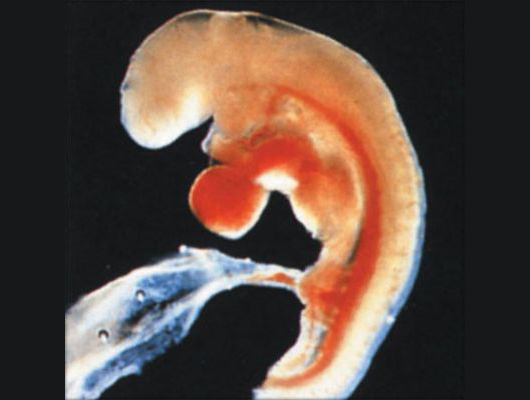 During the sixth week of pregnancy your baby is beginning to set up a circulatory system that will help with brain development. Also his or her vascular system and heart is a single tube that runs in an up and down direction throughout his or her body. Continue reading »
During the sixth week of pregnancy your baby is beginning to set up a circulatory system that will help with brain development. Also his or her vascular system and heart is a single tube that runs in an up and down direction throughout his or her body. Continue reading »


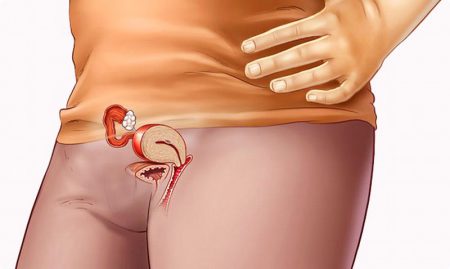 During week five of your pregnancy you may not know you are pregnant but you may have little signs. You may find that you are nauseous in the mornings or that you have dry heaves. You may feel a little tired and run down even though you have just awakened from a good nights sleep.
During week five of your pregnancy you may not know you are pregnant but you may have little signs. You may find that you are nauseous in the mornings or that you have dry heaves. You may feel a little tired and run down even though you have just awakened from a good nights sleep.  The safest time for traveling while pregnant is during the second trimester (18 through 24 weeks) when you are usually feeling your best and are in the least danger of experiencing a miscarriage or premature labor, according to the American College of Obstetrics and Gynecology.
The safest time for traveling while pregnant is during the second trimester (18 through 24 weeks) when you are usually feeling your best and are in the least danger of experiencing a miscarriage or premature labor, according to the American College of Obstetrics and Gynecology. 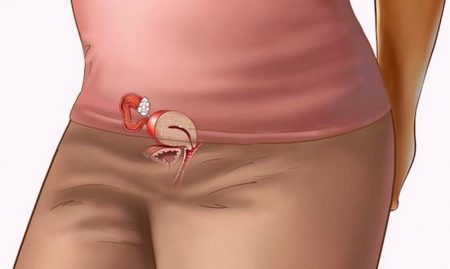 During week four of your pregnancy you still may not know you are pregnant. When you are four weeks along your baby’s gestational age is two weeks. Your body will alert you to your pregnancy.
During week four of your pregnancy you still may not know you are pregnant. When you are four weeks along your baby’s gestational age is two weeks. Your body will alert you to your pregnancy. 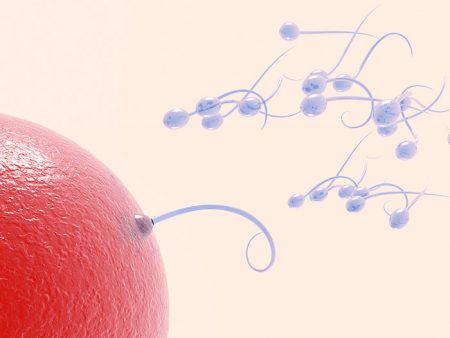 Week two of your pregnancy ends with your eggs being released from fluid-filled sacs called follicles and being met in your fallopian tubes by one lucky sperm. This is where week three of your pregnancy begins, with the sperm meeting the egg.
Week two of your pregnancy ends with your eggs being released from fluid-filled sacs called follicles and being met in your fallopian tubes by one lucky sperm. This is where week three of your pregnancy begins, with the sperm meeting the egg. 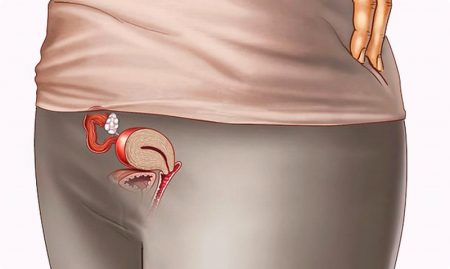 The second week of you pregnancy is quite a busy time for your body. Your uterus is preparing itself for your baby like you would prepare your home if an important guest were coming for a visit, albeit a long visit.
The second week of you pregnancy is quite a busy time for your body. Your uterus is preparing itself for your baby like you would prepare your home if an important guest were coming for a visit, albeit a long visit.  Believe it or not, your body is planning on becoming pregnant, every month whether you want to be pregnant or not.
Believe it or not, your body is planning on becoming pregnant, every month whether you want to be pregnant or not. 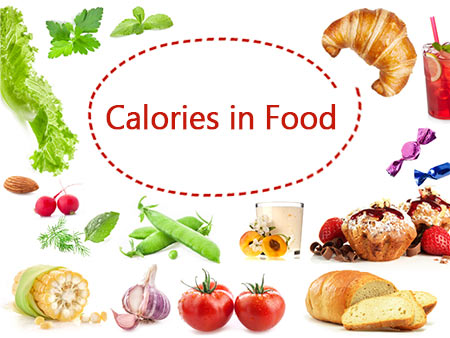 The most wholesome way to control your body weight is to keep a balance of the calories you consume with the number of calories your body uses. Here in this article, specific calories content per 100g (3,5 ounces) of certain food is listed clearly.
The most wholesome way to control your body weight is to keep a balance of the calories you consume with the number of calories your body uses. Here in this article, specific calories content per 100g (3,5 ounces) of certain food is listed clearly.  If your
If your 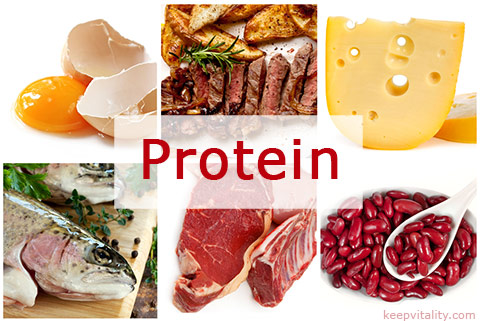 Proteins are large biomolecules. The basic building blocks of protein are called amino acids. There are twenty different amino acids that can be combined in an infinite number of ways to make up all the thousands of different proteins your body needs.
Proteins are large biomolecules. The basic building blocks of protein are called amino acids. There are twenty different amino acids that can be combined in an infinite number of ways to make up all the thousands of different proteins your body needs. 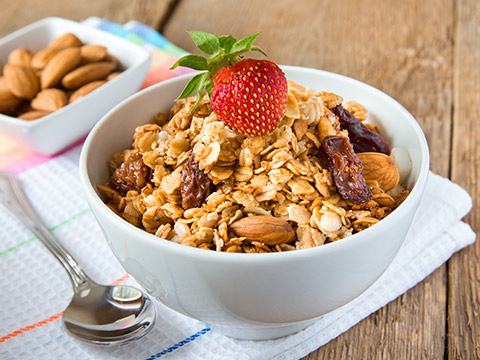 Although people usually talk about fiber as a single component of food, it’s not that simple. Fiber is a general term that refers to complex carbohydrates that your body cannot digest or absorb. Also known as dietary fiber or roughage. Instead of being used for energy (like other carbohydrates), fiber is excreted.
Although people usually talk about fiber as a single component of food, it’s not that simple. Fiber is a general term that refers to complex carbohydrates that your body cannot digest or absorb. Also known as dietary fiber or roughage. Instead of being used for energy (like other carbohydrates), fiber is excreted. 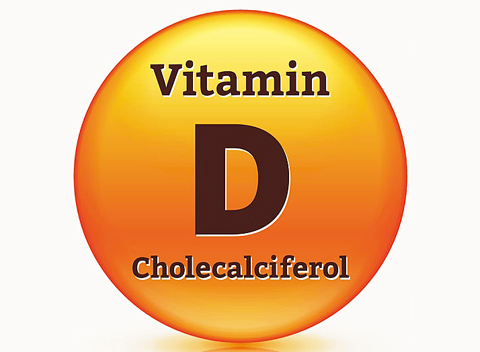 Vitamin D is a fat soluble vitamin that occurs in several forms. Vitamin D2 and D3 are two of the most common and they are required for the normal growth of our teeth and bones. This vitamin promotes the absorption and metabolism of calcium, iron, magnesium and phosphorus. We get this vitamin a number of ways. It is contained in some foods, supplements and we also get it from exposure to sunlight.
Vitamin D is a fat soluble vitamin that occurs in several forms. Vitamin D2 and D3 are two of the most common and they are required for the normal growth of our teeth and bones. This vitamin promotes the absorption and metabolism of calcium, iron, magnesium and phosphorus. We get this vitamin a number of ways. It is contained in some foods, supplements and we also get it from exposure to sunlight. 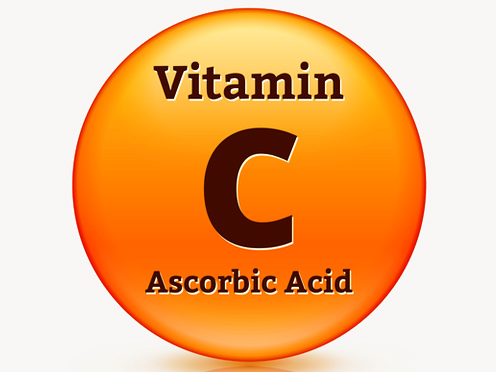 Vitamin C – also known as Ascorbic Acid. Its most important role is in producing and maintaining collagen, a protein substance that forms the base for all connective tissues in the body – bones, teeth, muscles, and skin.
Vitamin C – also known as Ascorbic Acid. Its most important role is in producing and maintaining collagen, a protein substance that forms the base for all connective tissues in the body – bones, teeth, muscles, and skin. 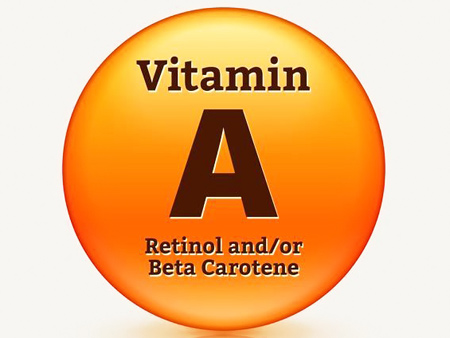 Vitamin A is really a group of organic compounds that are essential not only for vision, but also just as important for healthy skin and mucous membranes (thus helping prevent the invasion of infection), and for growth.
Vitamin A is really a group of organic compounds that are essential not only for vision, but also just as important for healthy skin and mucous membranes (thus helping prevent the invasion of infection), and for growth.